#NatureZen: The Magical World of Amphibians
Today, we’re thrilled to have a guest edition of #NatureZen by Dr. Sinlan Poo, a Research Scientist at the Memphis Zoo. Dr. Poo is a behavioral ecologist who is broadly interested in parental care, predator-prey interactions, reproductive ecology, and reintroduction biology. Though her research is primarily focused on amphibians, she has worked on projects involving small mammals, carnivores, invertebrates, and rare plants. In addition to local conservation projects in the Memphis area, Dr. Poo has worked on research projects in Ecuador, Panama, Singapore, Sri Lanka, Malaysia, Thailand, and Taiwan. Today she introduces us to the magic of frogs and toads, whose choruses provide us with part of our summer soundtrack.
Words and photos by Dr. Sinlan Poo except where otherwise credited.
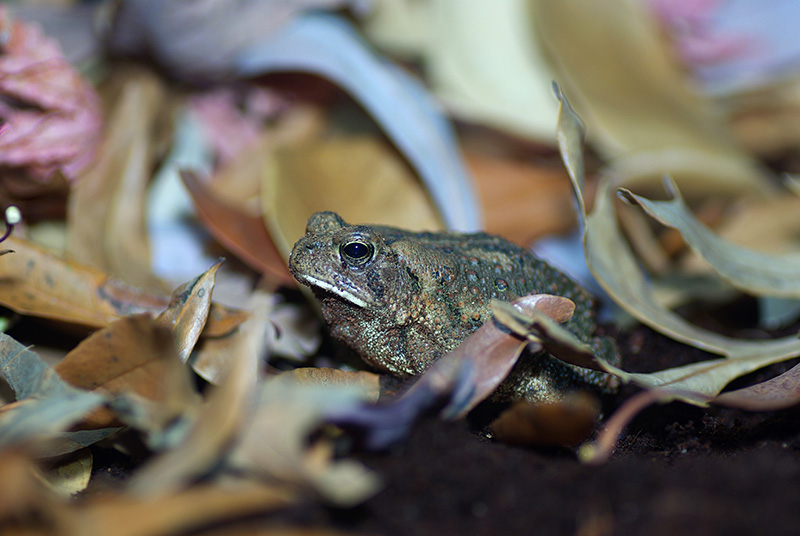
Figure 1. Fowler’s toad.
As the temperature rises, days in shaded wetland areas and nights out in the forest become an escape for those of us seeking a peaceful corner to take in the natural realm. Although, were it not for the refugia they provide, I would still be drawn to the serenity of the ponds and the night because of the life they contain – specifically, the frogs and toads.
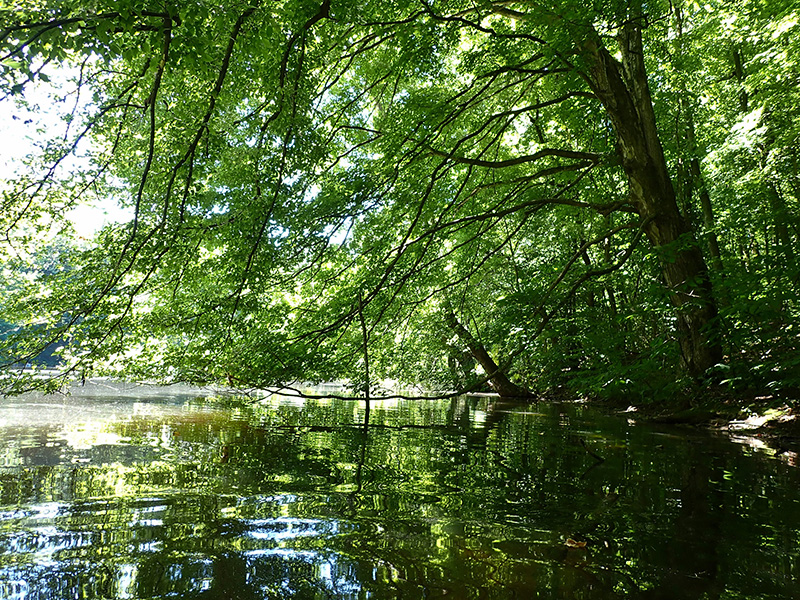
Figure 2. Pond near Shelby Forest.
The diversity of habitats that frogs utilize have long been a point of interest to fellow biologists that have come before me. From the treefrogs that make foam nest hanging off of leaves and branches, to the tadpoles that develop in ponds and rivers, to the juvenile froglets that hop around on the forest floor. Some frogs will even take care of their young by tending to the eggs (like birds) or feeding their tadpoles (like mammals!).
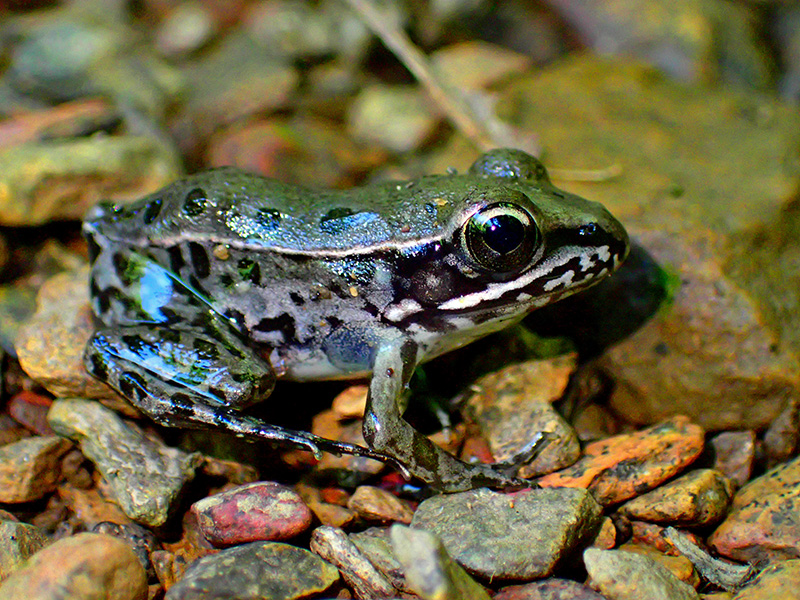
Figure 3. Southern Leopard Frog.
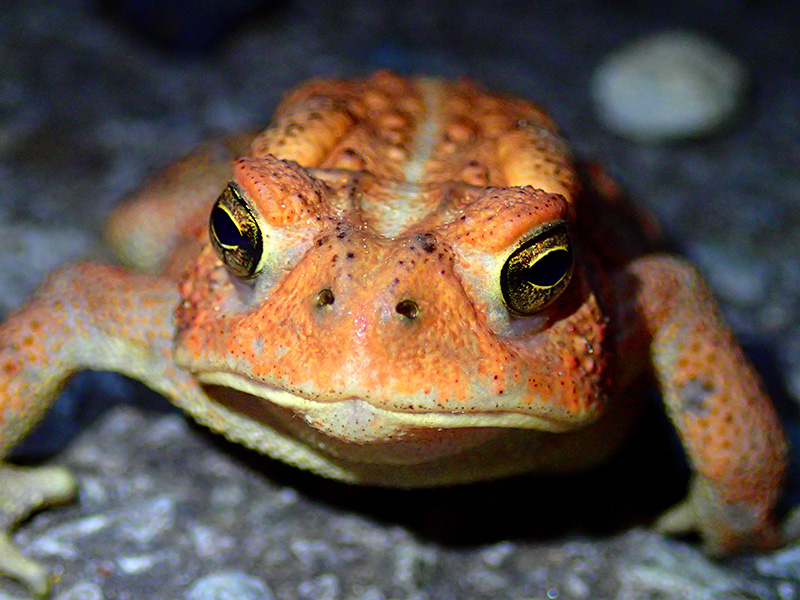
Figure 4. American Toad.
In fact, these versatile creatures can be found in almost all corners of our natural surroundings, from ponds, to streams, to grasslands, and to forests. From under the leaf-litter to the tips of the canopy. But during the spring and summer breeding season, the best locations are often those with a good source of water.
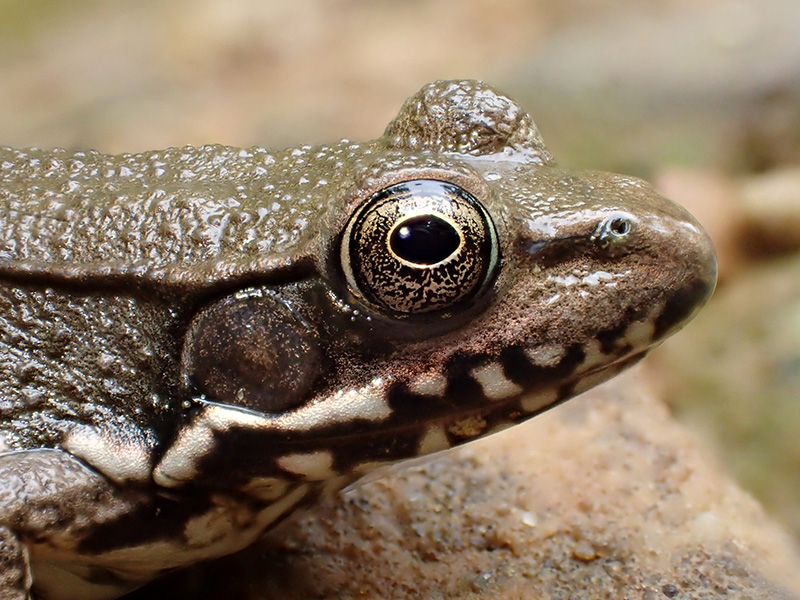
Figure 5. Bronze Frog.
On a cool night, after a good rain, the ponds around Memphis are filled with frogs and toads that gather to form a chorus and are eager to contribute to the next generation. By the time dawn comes around, strings and clumps of eggs are all that remains of a night full of activity. And if you visit the ponds a few month later – in fact, if you were out at the ponds today – you would encounter countless juvenile frogs and toads that are emerging from the ponds and making their way deeper into the forests and towards adulthood.
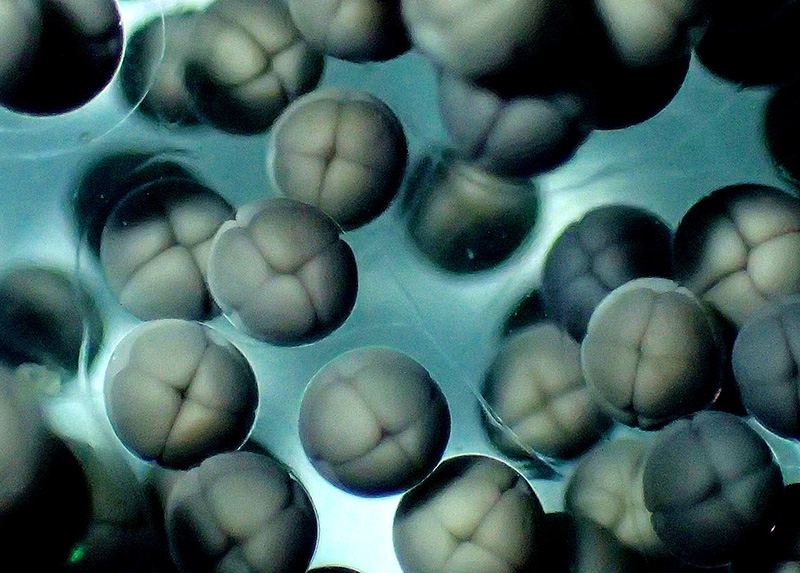
Figure 6 Houston Toad eggs.
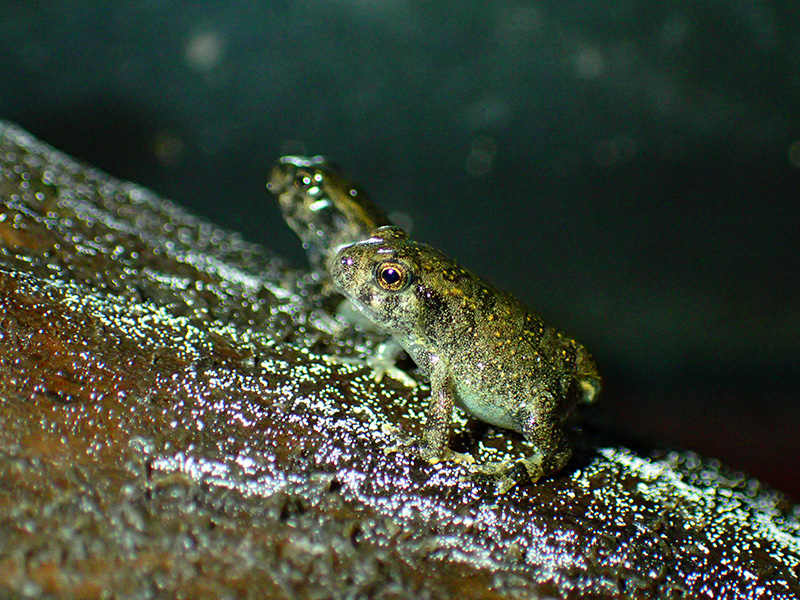
Figure 7. Juvenile Fowler’s toads coming out from the pond.
Contemplating the origin of the name of our city, Memphis, it is perhaps not surprising that the ancient Egyptians used the drawing of a tadpole to mean “a lot” (or 100,000, to be exact). Like many cultures, amphibians symbolized fertility and implied a plentiful blessing.
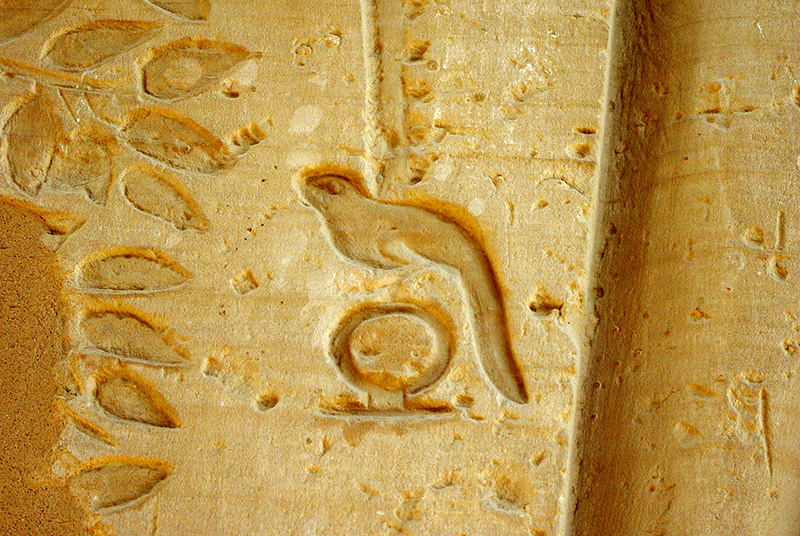
Figure 8. Egyptian hieroglyph of tadpole, meaning 100,000 or “a lot.”
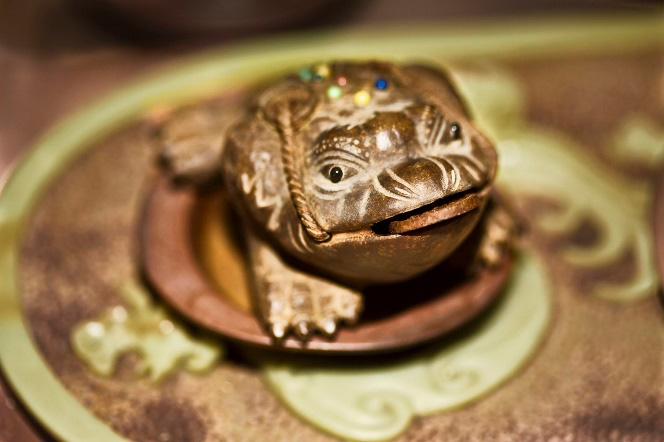
Figure 9. Money Frog. (Photo: Red Chopsticks/Getty Images)
But for the nature seeker, the blessing is more simple – a quiet evening and a close encounter.

Figure 10. Cricket frog.
Get #NatureZen in your inbox! We send a new edition every other Thursday.



